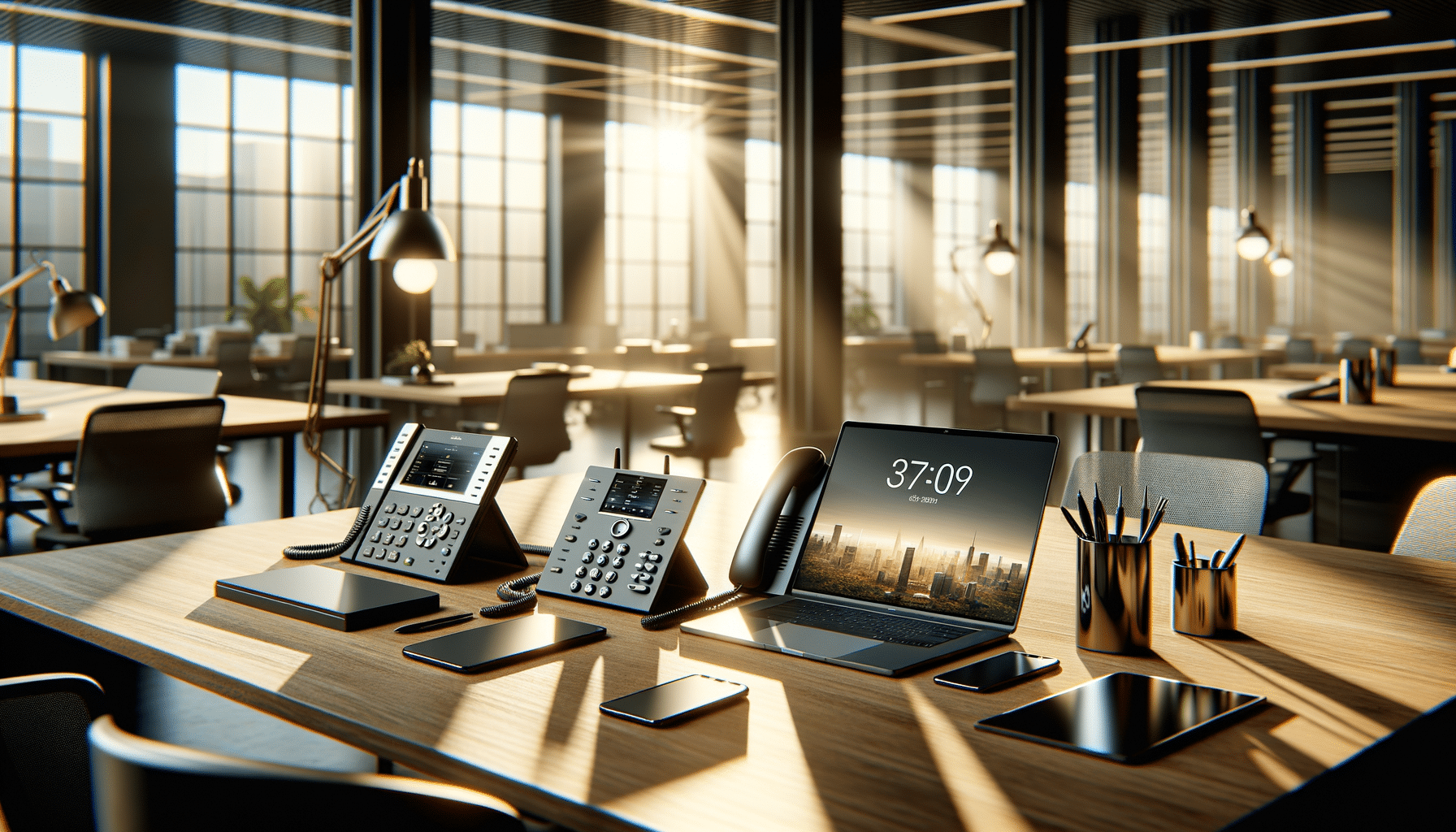
Debunking Nutrition Myths: Facts and Fictions
Navigating the world of nutrition information can often feel like trying to find your way through a maze, with myths and misconceptions lurking around every corner. Understanding what’s fact and what’s fiction is essential for making informed decisions about your health and well-being.
In the realm of nutrition, myths abound, often overshadowing scientific truths. We rely on experts to provide clarity amid the confusion. Dr. Marion Nestle, a well-regarded nutritionist, emphasizes the importance of evidence-based information when making dietary choices.
Common Nutrition Myths Debunked
Myth 1: Carbs Are the Enemy
Carbohydrates have been unfairly demonized in recent years. While it’s true that refined carbs can contribute to weight gain, complex carbohydrates, such as those found in whole grains and vegetables, are essential for energy and overall health. A study published in the journal ‘Nutrients’ found that diets rich in whole grains are linked to reduced risks of chronic diseases.
Myth 2: All Fats Are Bad
Contrary to popular belief, not all fats are harmful. Unsaturated fats, like those in avocados and olive oil, can actually benefit heart health. The key is moderation and choosing the right type of fats.
Myth 3: You Need to Detox Regularly
Detox diets and cleanses are often touted as essential for health, but the body is naturally equipped to detoxify itself through the liver and kidneys. Drinking water and eating a balanced diet support this natural process.
Expert Insights
Nutrition expert Dr. Walter Willett from Harvard T.H. Chan School of Public Health suggests focusing on a plant-based diet, which is supported by extensive research. This approach not only promotes health but also benefits the environment.
Practical Tips for Navigating Nutrition Myths
- Focus on whole foods: Prioritize fruits, vegetables, whole grains, and lean proteins.
- Read labels: Understanding nutritional information helps in making better choices.
- Seek credible sources: Look for information from reputable health organizations and scientific studies.
Comparison Table: Facts vs. Myths
| Myth | Fact |
|---|---|
| Carbs cause weight gain | Complex carbs are vital for energy |
| All fats are unhealthy | Unsaturated fats can improve heart health |
| Detox diets are necessary | The body naturally detoxifies |
| Protein is only found in meat | Plant-based foods are rich in protein |
| Supplements replace real food | Whole foods provide essential nutrients |
| Organic foods are always better | Organic and non-organic can be equally nutritious |
| Skipping meals aids weight loss | Regular meals support metabolism |
| Frozen veggies are less nutritious | Frozen can retain nutrients better than fresh |
Frequently Asked Questions
Are carbs really bad for weight management?
No, complex carbohydrates are necessary for energy and can aid in maintaining a healthy weight.
Can fats be included in a healthy diet?
Yes, unsaturated fats are beneficial and should be included in moderation.
Do I need to do a detox to stay healthy?
No, your body naturally detoxifies with the help of the liver and kidneys.
Conclusion
By debunking these common nutrition myths, we gain a clearer understanding of how to nourish our bodies effectively. It’s crucial to rely on science-backed information and expert guidance to make informed dietary choices. Embrace a balanced approach to nutrition that includes a variety of whole foods, and you’ll be well on your way to holistic health.


